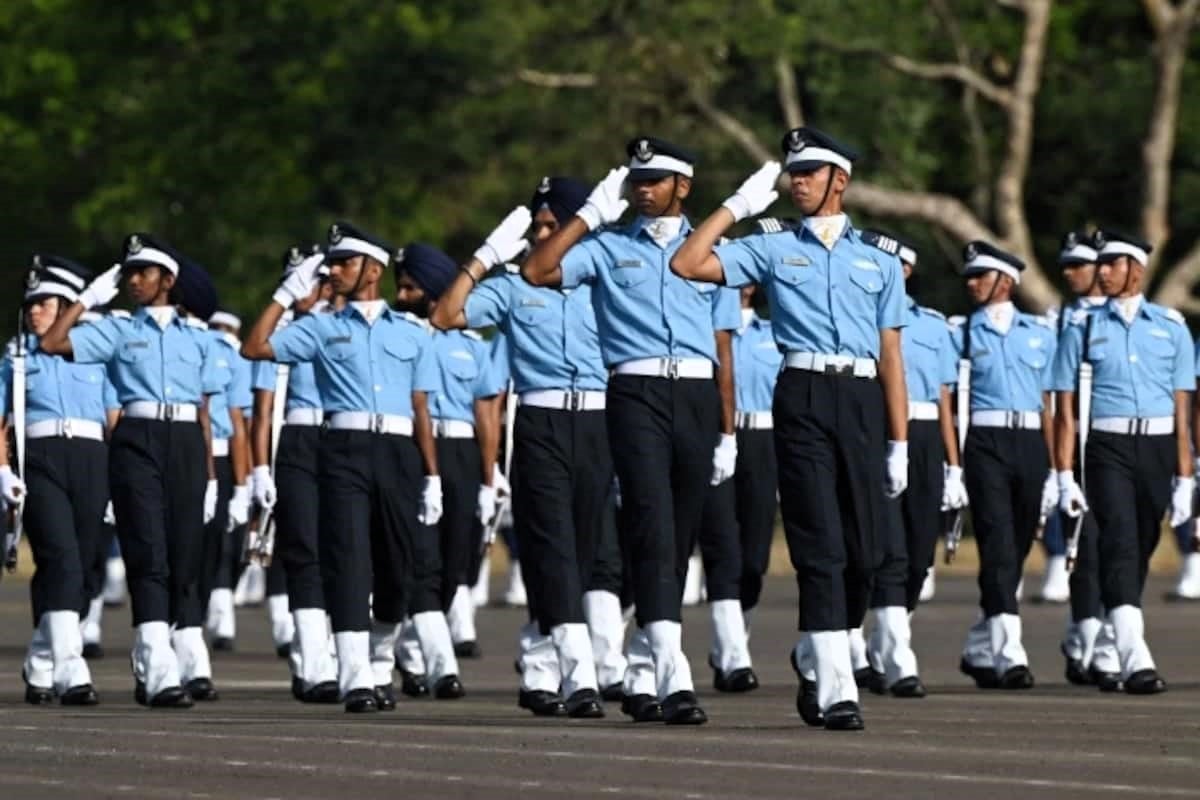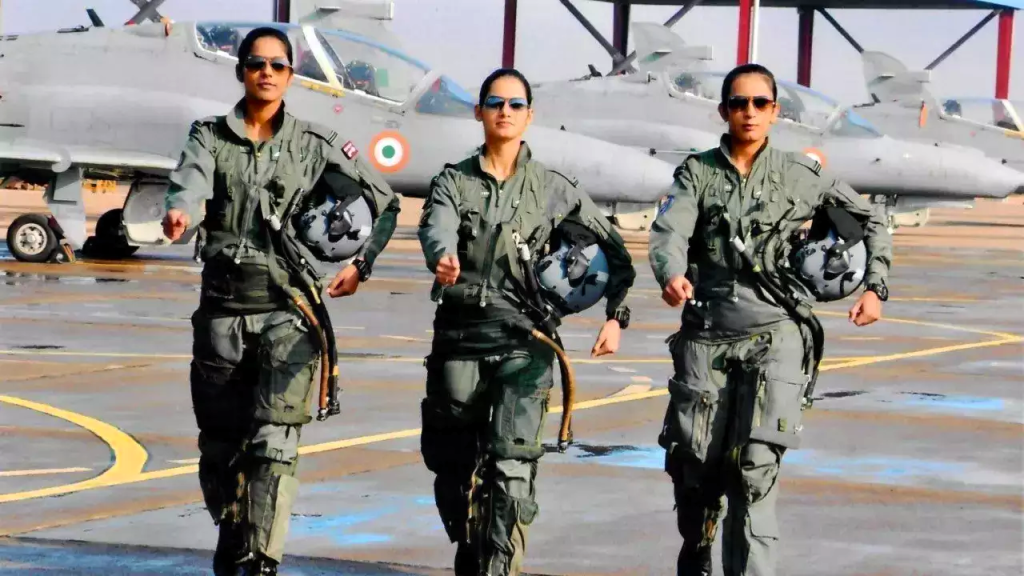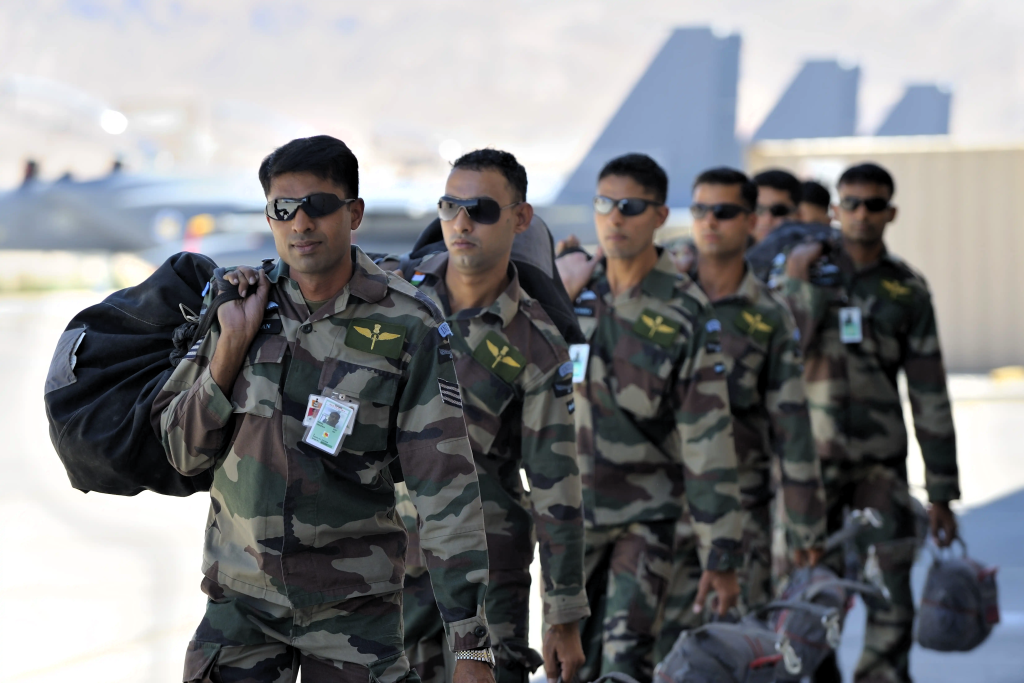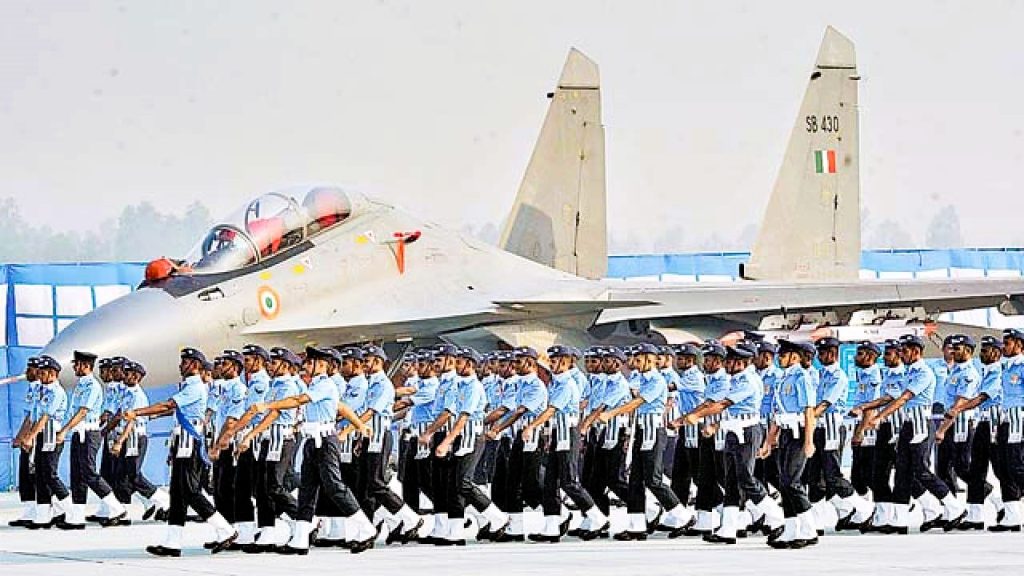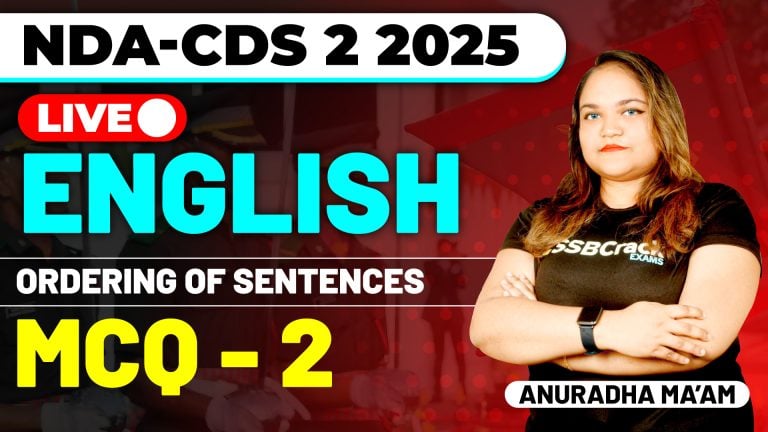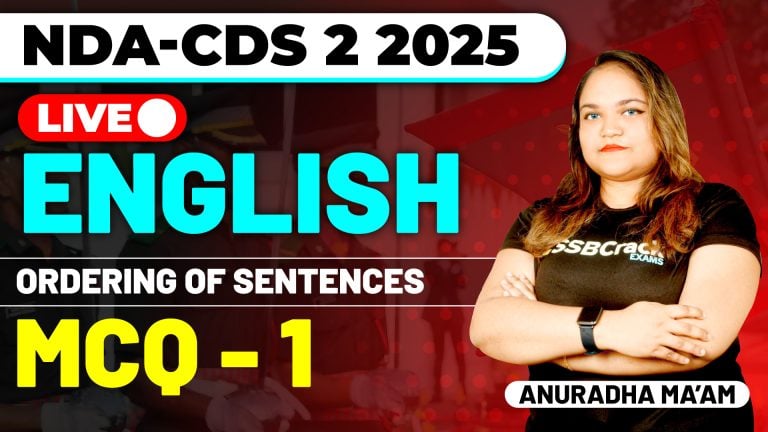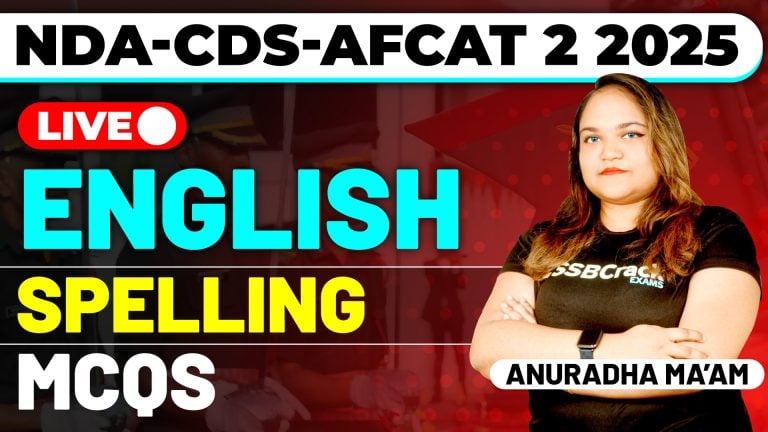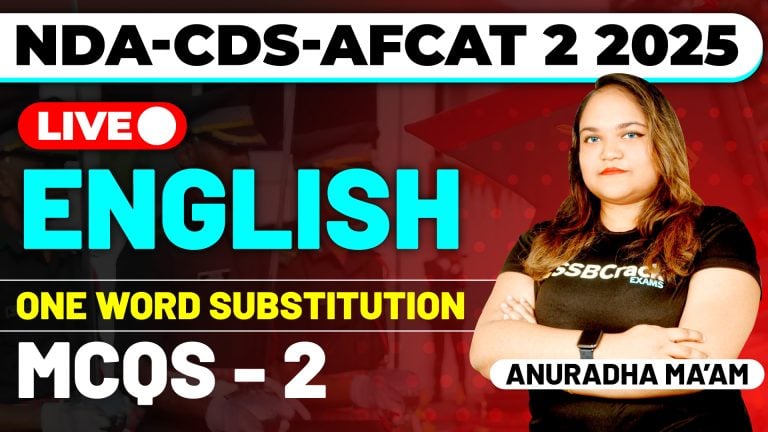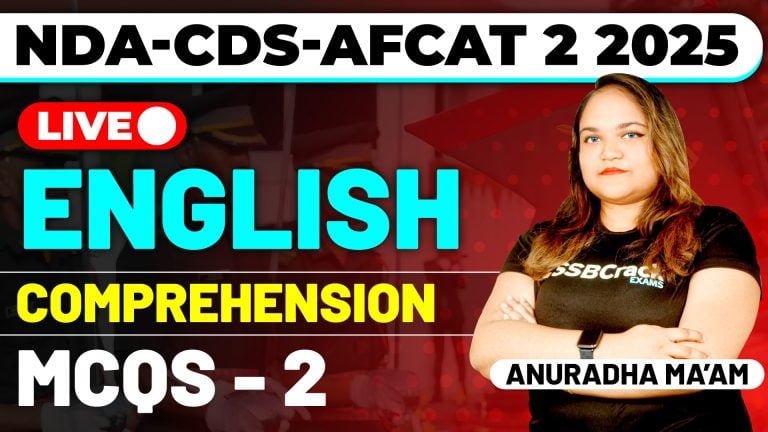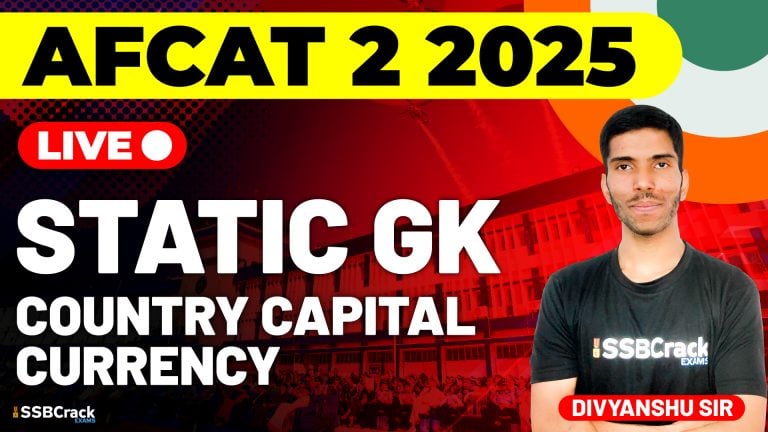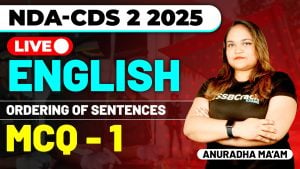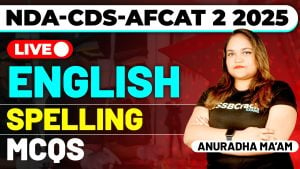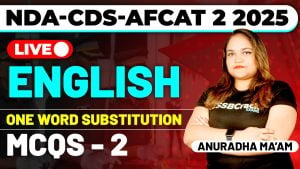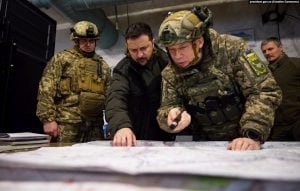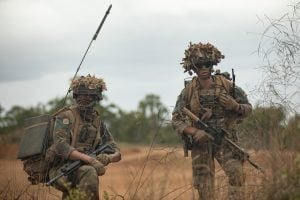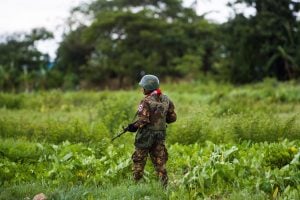Many young candidates in India aspire to serve the nation by joining the Indian Air Force (IAF). The Air Force Common Admission Test (AFCAT) is a gateway for these aspirants to become commissioned officers in the IAF. Contrary to popular belief, the IAF offers a variety of career opportunities beyond becoming a pilot. The AFCAT exam, conducted twice a year, allows candidates from various educational backgrounds to join different branches of the IAF. This article explores the diverse career opportunities available through the AFCAT exam, providing detailed insights into each branch and their respective roles.
Overview of AFCAT Exam
The AFCAT exam is designed to select candidates for various branches within the IAF. To join the IAF through AFCAT, candidates must clear a written test followed by an interview at the Air Force Selection Board (AFSB) and a medical examination. The branches available through AFCAT are:
- Flying Branch
- Ground Duty Technical Branch
- Ground Duty Non-Technical Branch
Each branch has its own set of roles and responsibilities, offering a wide range of career opportunities.
Flying Branch
Overview
The Flying Branch is the most coveted branch among candidates. It involves operating various types of aircraft and requires meeting stringent physical standards. Officers in this branch get the opportunity to fly advanced aircraft like Su-30MKI, Rafale, and C-17 Globemaster.
Types of Aircraft
The IAF operates three main types of aircraft:
- Fighter Aircraft: Used during critical operations and wars, as well as for military exercises and training.
- Helicopters: Utilized for disaster relief and rescue operations.
- Transport Aircraft: Employed for the transportation of personnel and materials during emergencies and diplomatic missions.
Selection of Aircraft
The type of aircraft an officer will fly is determined by their performance and capabilities demonstrated during training and service. The IAF ensures that each officer is matched with the aircraft that best suits their skills and aptitudes.
Ground Duty Technical Branch
Overview
The Ground Duty Technical Branch is crucial for the maintenance, repair, and efficient operation of all aircraft and equipment in the IAF. This branch is divided into two main sub-branches:
- Mechanical Branch
- Electronics Branch
Mechanical Branch
Officers in the Mechanical Branch manage teams responsible for ensuring that aircraft are in optimal condition for missions. They oversee the procurement and inspection of mechanical equipment and parts, ensuring that all systems are functioning correctly.
Electronics Branch
The Electronics Branch oversees the installation, maintenance, and repair of electronic components in aircraft, radar systems, communication systems, and other equipment. Officers in this branch work closely with technical teams to ensure the proper functioning of electronic systems during missions.
Ground Duty Non-Technical Branch
Overview
The Ground Duty Non-Technical Branch encompasses administrative and support roles essential for the smooth operation of the IAF. This branch includes several sub-branches, each with specific responsibilities:
- Weapon System Branch
- Meteorology Branch
- Accounting Branch
- Logistics Branch
- Education Branch
Weapon System Branch
Officers in the Weapon System Branch handle the operations of Surface-to-Surface missiles, Surface-to-Air missiles, Remotely Piloted Aircraft, and Weapon System Operators in twin/multi-crew aircraft. This branch plays a vital role in the strategic capabilities of the IAF.
Meteorology Branch
The Meteorology Branch is responsible for providing accurate weather updates for flights. Officers in this branch help plan missions by predicting weather conditions and guiding aircrews on the best routes to ensure safety and success.
Accounting Branch
The Accounting Branch manages the financial aspects of the IAF, including the salaries and emoluments of all personnel. Officers in this branch ensure the efficient financial management of funds, contributing to the overall operational efficiency of the IAF.
Logistics Branch
Officers in the Logistics Branch manage the material and resources of the IAF. This includes the procurement, storage, and distribution of supplies, ensuring that all units have the necessary resources for their operations.
Education Branch
The Education Branch is responsible for the training and instruction of cadets. Officers in this branch conduct examinations and ensure that all personnel receive the necessary education and training to perform their duties effectively. A postgraduate degree is required to join this branch.
Life in the Indian Air Force
Life in the Indian Air Force is filled with adventure and opportunities for personal and professional growth. Joining the IAF as an officer provides top-notch training, transforming young recruits into leaders capable of handling real-life situations with confidence and strategic thinking. The IAF emphasizes the development of character, moral strength, teamwork, and communication skills. Officers enjoy a dignified social life, with respect and recognition within society.
Personal Development
Officers in the IAF undergo rigorous training programs that enhance their physical and mental capabilities. They learn to handle high-pressure situations, make strategic decisions, and lead teams effectively. This holistic development is unmatched in the civilian world.
Technological Exposure
Serving in the IAF provides exposure to cutting-edge technology and the latest advancements in aviation and defense. Officers get to work with state-of-the-art equipment and systems, contributing to the nation’s security and technological prowess.
Traditions and Values
The IAF is steeped in rich traditions and values that instill a sense of pride and honor in its officers. Upholding these traditions is a key aspect of service, fostering a strong sense of camaraderie and loyalty among personnel.
Conclusion
The AFCAT exam opens doors to a variety of career opportunities within the Indian Air Force. Whether in the Flying Branch, Ground Duty Technical Branch, or Ground Duty Non-Technical Branch, each role is vital to the functioning and success of the IAF. Candidates from diverse educational backgrounds can find a place in the IAF, contributing to the nation’s defense and gaining invaluable experiences along the way. Joining the IAF is not just a career choice; it’s a commitment to serve the nation with honor and distinction.
FAQs
1. What is the AFCAT exam?
The Air Force Common Admission Test (AFCAT) is an entrance exam conducted by the Indian Air Force to recruit officers for various branches including the Flying Branch, Ground Duty Technical Branch, and Ground Duty Non-Technical Branch. It is held twice a year and is open to both men and women.
2. Who is eligible to take the AFCAT exam?
Candidates who have completed their graduation or are in the final year of their graduation are eligible to apply. The specific educational qualifications vary depending on the branch they are applying for. Additionally, candidates must meet the physical and medical standards set by the IAF.
3. How often is the AFCAT exam conducted?
The AFCAT exam is conducted twice a year, typically in February and August.
4. What is the selection process for AFCAT?
The selection process for AFCAT includes a written exam, followed by an interview at the Air Force Selection Board (AFSB), and a medical examination. Candidates who clear all stages are commissioned as officers in the Indian Air Force.
5. What roles are available in the Flying Branch?
In the Flying Branch, officers can operate fighter aircraft, helicopters, or transport aircraft. The specific type of aircraft an officer will fly depends on their performance and capabilities demonstrated during training.


